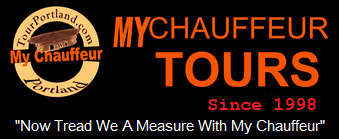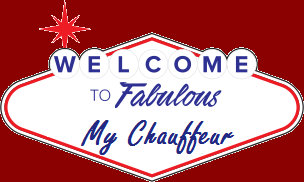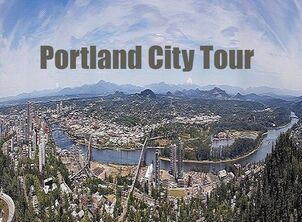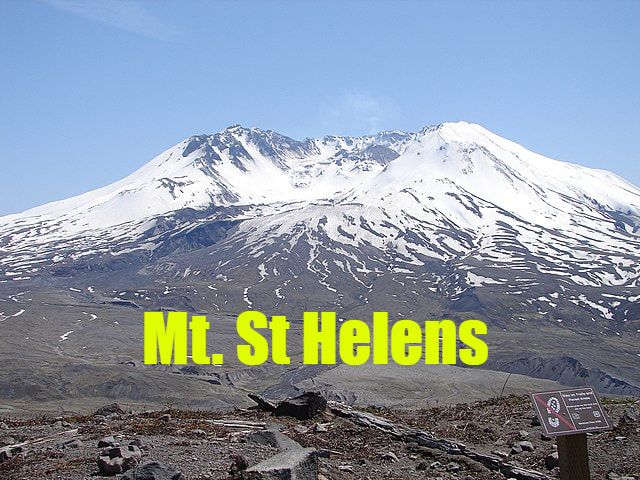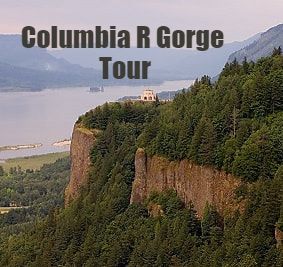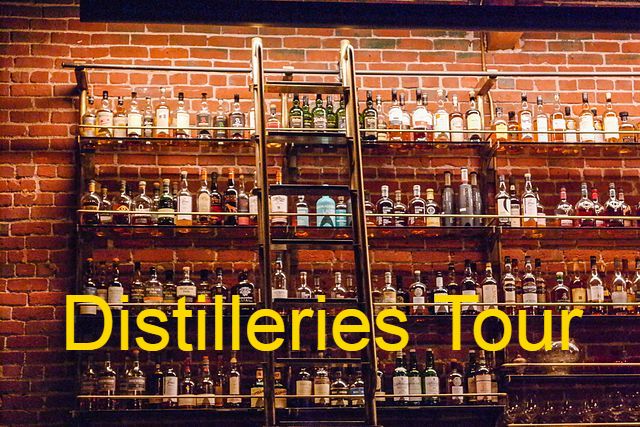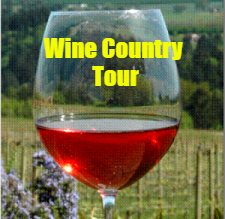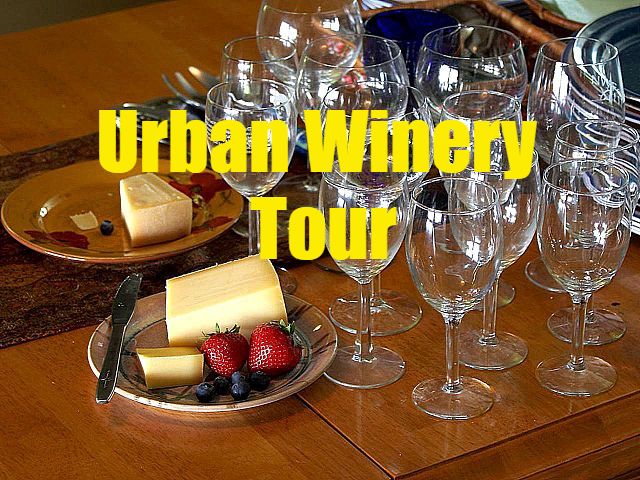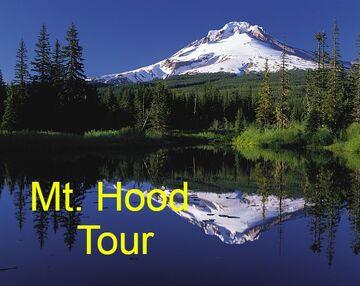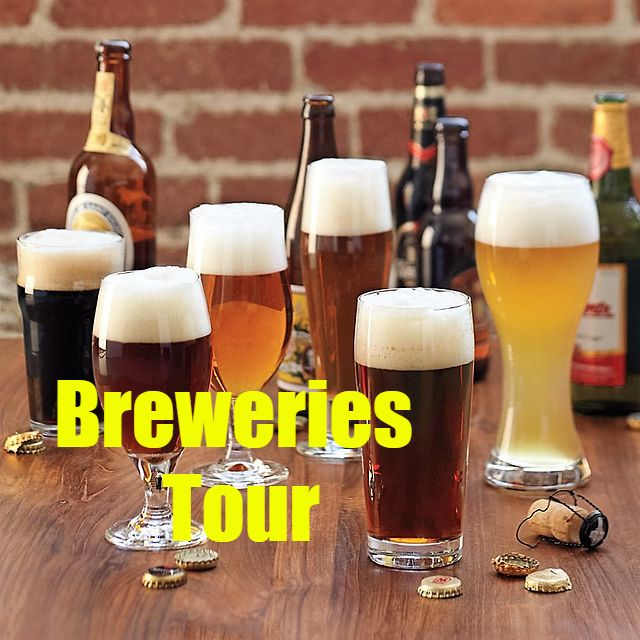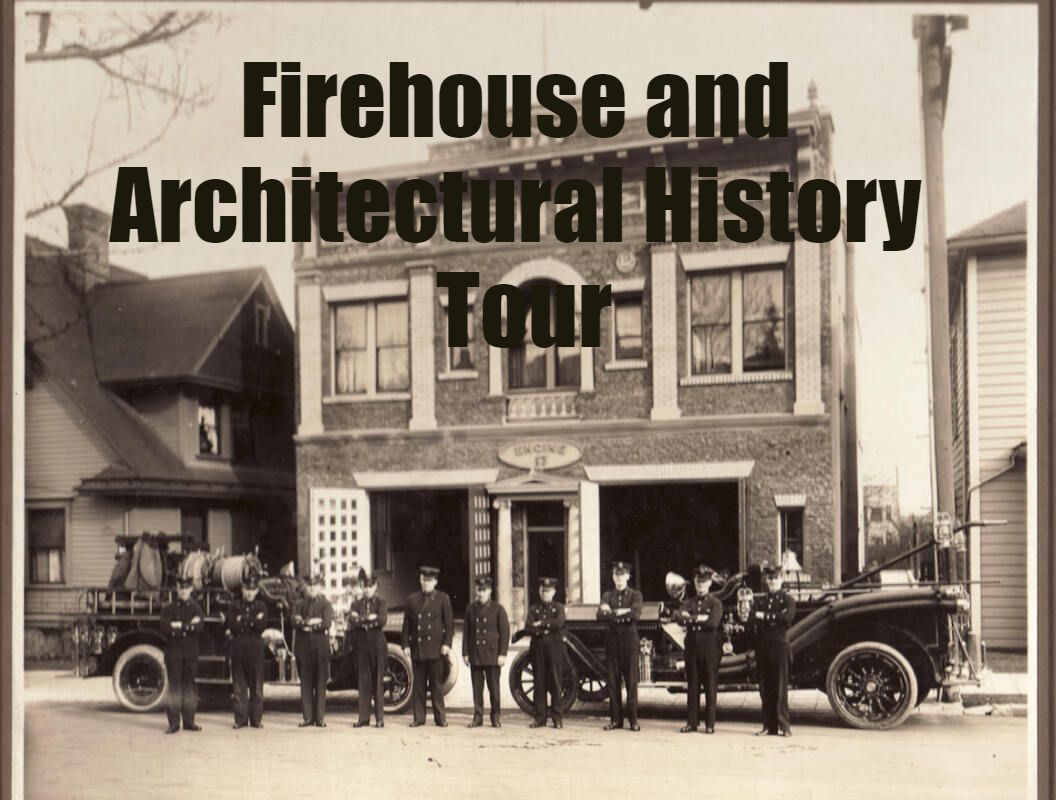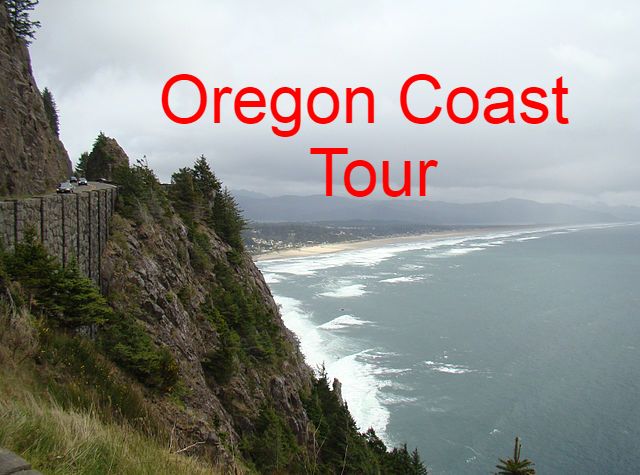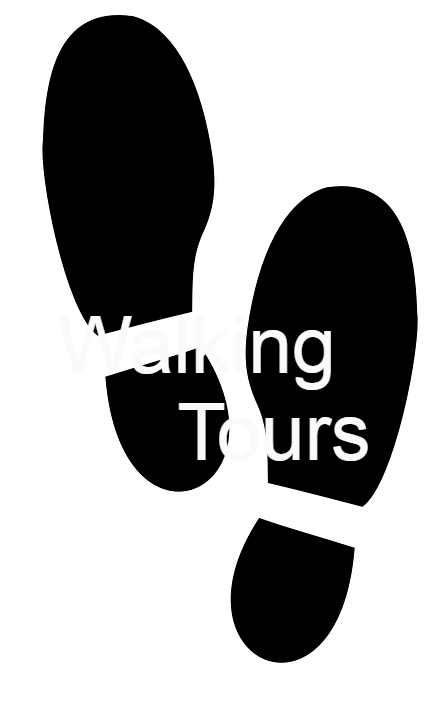Yamhill Historic District
(We're now traveling into the historical parts of town)
The city of Portland grew up here in front of us, with profits from salmon, wheat, and timber, during the gold rush era, and the city flourished up here in the oldest part of town, the Yamhill District.
By eighteen eighty nine, electric streetcar lines (3rd in the country), were in use here, from power produced by Willamette Falls in Oregon City.
By the year 1906, streetcars, horses and dozens of different kinds of automobiles were in use, including the Benson, a 1906 auto cobbled together in Nils Benson's garage, across the river on Grand Avenue, the 1st auto built in Oregon, on display in the Historical Society in the park blocks.
See picture. 1906 Benson.
In spite of streets that were deep mud in the winter, and deep dust in summer, Portland began to grow rapidly because it was a trade center, and grew to 90 thousand people by the year 1900.
There are many reasons it grew so fast and became a major trade center.
A little later on, the city experienced catastrophe, when 22 square blocks, here, was destroyed or heavily damaged, by The Great Fire of eighteen seventy three.
Many believed it was started by anti Chinese arsonists.
Civic leaders subsequently decided to rebuild only with cast iron, brick, and stone.
17 of the buildings built after the fire remain, primarily in the Italianate style, erected between eighteen seventy eight and eighteen eighty seven, and defines the character of this district.
There is only one structure still standing from before the fire {Northrup and Blossom-Fitch Building—Known as "Paddy's Irish Bar"; from eighteen fifty eight. It's a couple blocks to our North, on Yamhill street and 1st. We will see it on the left as we drive by, one block past our next sight, Mill Ends Park, with the green awnings.
It's the only survivor of the fire, and the oldest building in this district.
After that, the Portland harbor became an exciting place to be---the sights, the sounds, the mystique of ships and sailors from faraway places.
In nineteen thirteen, Portland's population was 276 thousand people. The city changed from its mud, blood, and beer dominated early days, to the newer, gentler Portland, with Benson Bubbler's and the sweet-smelling Rose Festival.
This great city that we know today was a river town, whose beginnings we often look upon as being nothing more than a humble Victorian settlement...
But this "split-personality" Portland was one of the busiest ports on the globe, in the late 1800s and early 1900s, and it happened in spite of the colorful types who resided here...
Walking around today you would never know it, but the next time you're having a nice quiet pint, at Kelly's Olympian, Dan & Louis's Oyster Bar, Erickson's Saloon, or Hobo's, take a look around...
the place you're relaxing in was, not too long ago, was THE, most dangerous place in America to go out drinking.
Today Portland is amongst the countries most desirous places, but it secretly harbors an underworld darker than you can possibly imagine...
The Yamhill District, and the old North End, were dangerous places.
The year, was, eighteen eighty eight, Jack the Ripper in London England was running loose, and period descriptions detail a Portland population, “swarming with holdup men, petty larcenists, bunco men and crooks of every description.”
Drunken men were often “rolled,” or beaten up, and all their money taken, particularly between the late hours of 1 and 5 a.m.
Many of these loggers, farm hands and other robust working men, were not so fortunate, as to just be rolled.
130 years ago, this vice filled city was a Wild West port town, and had more dark places than any medieval dungeon...
where gambling, drugs and murder were on every street corner, and you could be kidnapped and sold into slavery. It was easy to find a good time with Speakeasies, brothels and drug dens...
and you could get anything in one of the edgier neighborhood saloons --including shot, stabbed, clobbered, swindled, stupefied with opium, knocked out with chloroform, infected with syphilis, poisoned with bad moonshine...
or shanghaied by crimps with trap doors called 'dead-falls', used to kidnap unsuspecting victims...., then taken out to the awaiting ships.
Portland was unique, with using Dead Falls, helping us establish our reputation, as the Shanghai Capitol of the World. A K A. The forbidden City of the West.
FOLLOW ALONG WITH PICTURES
See Picture, Shanghaied.
Go here for more about Portlands shanghaiing trade.
And to press my point home, we can hear the 4 minute long, Shanghai podcast, right here at.
(We're now traveling into the historical parts of town)
The city of Portland grew up here in front of us, with profits from salmon, wheat, and timber, during the gold rush era, and the city flourished up here in the oldest part of town, the Yamhill District.
By eighteen eighty nine, electric streetcar lines (3rd in the country), were in use here, from power produced by Willamette Falls in Oregon City.
By the year 1906, streetcars, horses and dozens of different kinds of automobiles were in use, including the Benson, a 1906 auto cobbled together in Nils Benson's garage, across the river on Grand Avenue, the 1st auto built in Oregon, on display in the Historical Society in the park blocks.
See picture. 1906 Benson.
In spite of streets that were deep mud in the winter, and deep dust in summer, Portland began to grow rapidly because it was a trade center, and grew to 90 thousand people by the year 1900.
There are many reasons it grew so fast and became a major trade center.
A little later on, the city experienced catastrophe, when 22 square blocks, here, was destroyed or heavily damaged, by The Great Fire of eighteen seventy three.
Many believed it was started by anti Chinese arsonists.
Civic leaders subsequently decided to rebuild only with cast iron, brick, and stone.
17 of the buildings built after the fire remain, primarily in the Italianate style, erected between eighteen seventy eight and eighteen eighty seven, and defines the character of this district.
There is only one structure still standing from before the fire {Northrup and Blossom-Fitch Building—Known as "Paddy's Irish Bar"; from eighteen fifty eight. It's a couple blocks to our North, on Yamhill street and 1st. We will see it on the left as we drive by, one block past our next sight, Mill Ends Park, with the green awnings.
It's the only survivor of the fire, and the oldest building in this district.
After that, the Portland harbor became an exciting place to be---the sights, the sounds, the mystique of ships and sailors from faraway places.
In nineteen thirteen, Portland's population was 276 thousand people. The city changed from its mud, blood, and beer dominated early days, to the newer, gentler Portland, with Benson Bubbler's and the sweet-smelling Rose Festival.
This great city that we know today was a river town, whose beginnings we often look upon as being nothing more than a humble Victorian settlement...
But this "split-personality" Portland was one of the busiest ports on the globe, in the late 1800s and early 1900s, and it happened in spite of the colorful types who resided here...
Walking around today you would never know it, but the next time you're having a nice quiet pint, at Kelly's Olympian, Dan & Louis's Oyster Bar, Erickson's Saloon, or Hobo's, take a look around...
the place you're relaxing in was, not too long ago, was THE, most dangerous place in America to go out drinking.
Today Portland is amongst the countries most desirous places, but it secretly harbors an underworld darker than you can possibly imagine...
The Yamhill District, and the old North End, were dangerous places.
The year, was, eighteen eighty eight, Jack the Ripper in London England was running loose, and period descriptions detail a Portland population, “swarming with holdup men, petty larcenists, bunco men and crooks of every description.”
Drunken men were often “rolled,” or beaten up, and all their money taken, particularly between the late hours of 1 and 5 a.m.
Many of these loggers, farm hands and other robust working men, were not so fortunate, as to just be rolled.
130 years ago, this vice filled city was a Wild West port town, and had more dark places than any medieval dungeon...
where gambling, drugs and murder were on every street corner, and you could be kidnapped and sold into slavery. It was easy to find a good time with Speakeasies, brothels and drug dens...
and you could get anything in one of the edgier neighborhood saloons --including shot, stabbed, clobbered, swindled, stupefied with opium, knocked out with chloroform, infected with syphilis, poisoned with bad moonshine...
or shanghaied by crimps with trap doors called 'dead-falls', used to kidnap unsuspecting victims...., then taken out to the awaiting ships.
Portland was unique, with using Dead Falls, helping us establish our reputation, as the Shanghai Capitol of the World. A K A. The forbidden City of the West.
FOLLOW ALONG WITH PICTURES
See Picture, Shanghaied.
Go here for more about Portlands shanghaiing trade.
And to press my point home, we can hear the 4 minute long, Shanghai podcast, right here at.
Other related podcasts are also available HERE.
Our next sight is, Mill Ends Park.
With many more.
Ask Phil to play the podcast.
Our next sight is, Mill Ends Park.
With many more.
Ask Phil to play the podcast.
